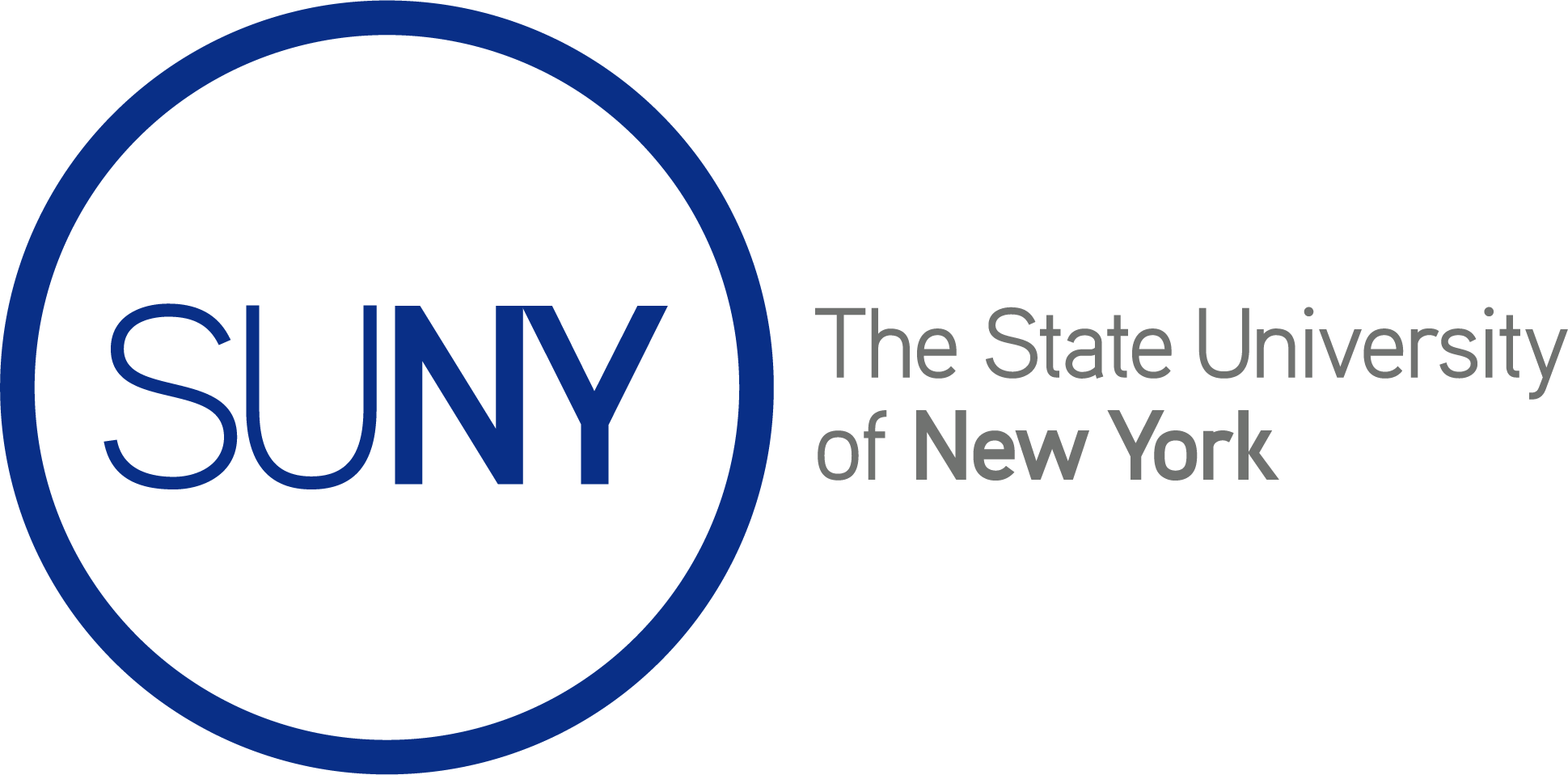Since education policy leaders Grant Wiggins and Jay McTighe published Understanding by Design in 1998, backward design has dominated conversations about best practices in curriculum planning, both in US schools and in higher education. Simply put, backward design encourages you to begin your course prep at the end, by first identifying what you want students to be able to do once they’ve completed your course. Then, you work backward (surprise), designing assessments or projects that will show you evidence that students can do what you hope they’ll be able to. Finally, you craft activities and lessons to get students there.
Understanding by Design has generated a small universe of free and easily accessible resources. For a deeper look, check out this comprehensive guide from Vanderbilt University’s Center for Teaching. In addition to a clear overview targeted for higher ed, you’ll also find links to helpful templates, like these, from McTighe and Associates. If you’re interested in the history of backward planning, this podcast gives an account of its emergence.
Backward design, then, begins with outcomes that clearly articulate what instructors hope students will be able to do. In this post, I’ll talk about how I like to engage students by sharing outcomes of this kind, and not only when I read over the syllabus on day one. Institutional templates for syllabi often require faculty to include a list of outcomes, goals, or objectives, terms with variously technical definitions in ed circles, but these can feel perfunctory if we don’t actually integrate them with course delivery. Here are three ways I try to keep outcomes alive for students throughout the semester.
1. Use clear and compelling language.
When I include outcomes on a syllabus, I try to make them as legible as I can to students. I make a list of measurable goals (our campus’s language) and use the second person. I also try to emphasize, by choosing strong verbs, the higher-order activities the course will help students master: composing, creating, evaluating.
Here’s an example, from the “Course Goals” section of a recent syllabus:
By the end of the course, you’ll be able to:
- compose original arguments about literary texts
- support your arguments with evidence drawn from close attention to texts and from secondary research
- speak back to published scholars and critics in literary studies
- evaluate the texts you read and explain why they might deserve attention
A recent article in the Chronicle argues that an emphasis on outcomes takes time and attention away from complex thinking, but I’ve found that the opposite is true. Articulating expectations clearly gives students direction and confidence, even as we read difficult theoretical or literary texts—Michel Foucault’s Discipline and Punish, say,or Wallace Stevens’s Notes Toward a Supreme Fiction.
2. Return to course goals or outcomes throughout the semester.
Research shows that students—especially first-gen students—thrive when we vocalize what we’re doing and why. Coming back to course goals at key moments can help students see, and follow, the purposeful pathways we’re staking out with them. Because I begin each class session by sharing an agenda that outlines what we’re doing that day and what’s to come, I’ll sometimes include one or two relevant goals from the syllabus as a way to show students where we are and where we’re headed. If we’re going to spend an entire class staking out the opposing positions of two particular critics, reminding students that this work will help us accomplish a major ambition of the class—and more, that they’ll be responsible for demonstrating engagement with these critical voices later—can situate and lend weight to that conversation. Circling back to course goals at midterm, or before and after important assignments, can also help students keep the big picture in mind.
3. Invite students to reflect on their achievements.
At the end of the semester, or at the end of a major assignment, bring students back to the goals and ask them to reflect on the progress they’ve made. What have they accomplished? What do they still want to work on, for the next assignment, or in the next course they take? Then, guide students to talk about their responses as a class. An activity of this kind can help students appreciate that they’ve accomplished what they set out to. It can also help an instructor gather insight into students’ perception of their own learning, which can be used to revise content delivery and assignments going forward. These conversations are also a good time to check in about other pedagogical aims. I like to give students the chance to connect their learning to other contexts. I also try to normalize (even celebrate!) grappling with difficulty as an important part of the ongoing work of a discipline.



Leave a Reply